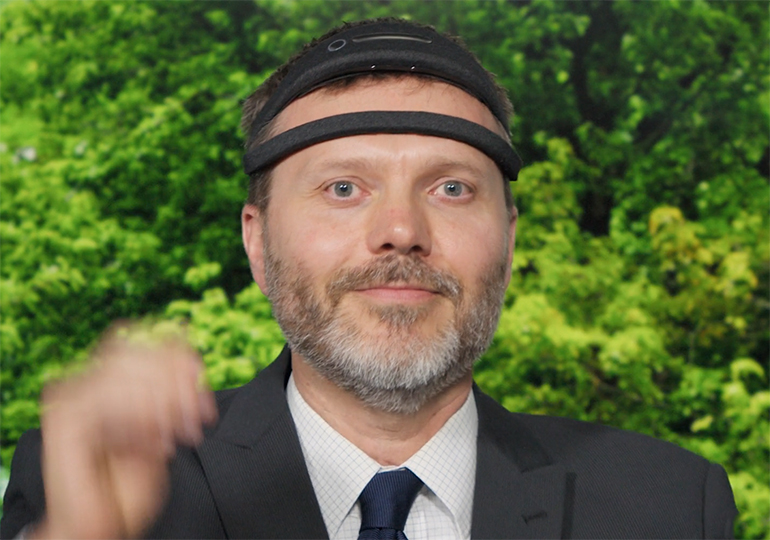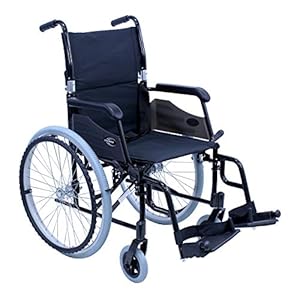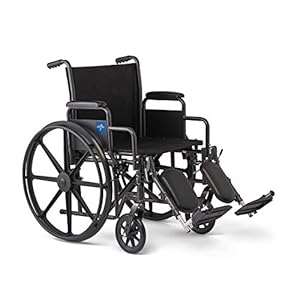

Researchers on the College of Texas at Austin have developed an electroencephalogram (EEG) sensor that’s included right into a digital actuality headset. The expertise can measure mind exercise whereas somebody is present process an immersive digital actuality expertise. The gadget might help in enhancing medical digital actuality interventions, akin to these used to deal with post-traumatic stress dysfunction or phobias, by revealing mind exercise throughout totally different duties or experiences that assist clinicians to tailor therapy plans to maximise efficacy. The electrodes are comfortable and spongy, which makes them snug towards the top, they usually can get studying even when there’s hair in the way in which.
Digital actuality has lots to supply the medical area. Not solely can it’s used for neuroscience analysis, nevertheless it additionally has potential in medical interventions, akin to these designed to help individuals with post-traumatic stress dysfunction to show themselves to triggering stimuli in a protected area. Related publicity remedy could also be helpful for these with phobias. Digital actuality can also be helpful for bodily rehabilitation for these with neurological circumstances, aiding in motor studying.
Nevertheless, thus far, assessing a VR person’s mind exercise whereas they’re immersed in a digital world has not been that simple. The standard electrode-covered cap would intervene with the usage of a VR headset. Whereas mixed VR/EEG techniques have been designed earlier than, they’ve been pricey and uncomfortable, utilizing the normal inflexible comb-shaped electrodes that may penetrate by way of hair, however that are uncomfortable to put on for lengthy durations.

“All of those mainstream choices have vital flaws that we tried to beat with our system,” mentioned Hongbian Li, a researcher concerned within the examine. As a substitute that might match right into a VR headset, however which additionally offered consolation, the researchers created comfortable and spongy electrodes that had been snug towards the scalp, however which may nonetheless get hold of sign by way of hair.
The electrodes are included in each the brow pad and prime strap of the headset, whereas an EEG recording gadget rests behind the headset. To date, the researchers have examined the system by measuring the mind exercise of volunteers whereas they performed a driving simulator recreation.
Right here’s a video from the College of Colorado Anschutz Medical Campus:
Examine in journal Tender Science: Hair-compatible sponge electrodes integrated on VR headset for electroencephalography
Through: University of Texas at Austin
Trending Merchandise










![[2025 Upgrade] Aotedor 30 Miles Long Travel Range, Electric Wheelchair for Adults Power Wheelchairs Lightweight Foldable All Terrain Motorized Wheelchair for Seniors Compact Portable Airline Approved](https://m.media-amazon.com/images/I/51vZJPDMrOL._SS300_.jpg)
